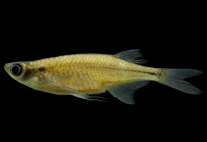Abstract
The present study describes a new barnacle, Chthamalus williamsi sp. nov., from rocky shores in Taiwan. Chthamalus williamsi sp. nov. belongs to the challengeri subgroup of Chthamalus due to cirrus I having no conical spines and the setae on cirri II having no basal guards. Within the challengeri sub-group, C. williamsi sp. nov. differs from C. challengeri Hoek, 1883, C. dalli Pilsbry, 1916 and C. montagui Southward, 1976 by its scutum and the tergum both having straight articular margins. Chthamalus moro Pilsbry, 1916 differs from C. williamsi sp. nov. in having strong ribbing on the shell surface, and C. williamsi sp. nov. differs from C. antennatus Darwin, 1854 by having a normal form cirrus III, rather than an antenniform cirrus III as in C. antennatus. The external morphology and size of C. williamsi sp. nov. are similar to C. sinensis Ren, 1984 (C. neglectus Yan & Chan, 2004 is a synonym of C. sinensis, from molecular data presented in the present study) but the scutum of C. williamsi sp. nov. has a height similar to its width, whilst the scutum of C. sinensis is much depressed, being wider than high. From molecular analysis of a mitochondrial COI region, C. williamsi sp. nov. formed a distinct clade (divergence >15%) from other described species in the challengeri subgroup including C. challengeri, C. sinensis, C. moro, C. montagui and C. dalli, suggesting that it is a new species.

